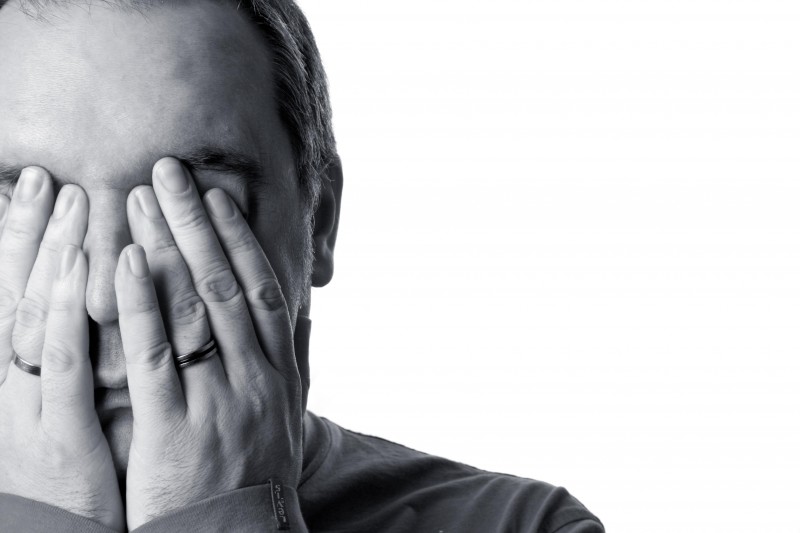Article written by Sally Websiter
Anxiety based conditions have become popular psychological and sociological media topics this year, a trend that has revealed just how many people do suffer from the gripping social fear known as Social Anxiety, Social Phobia and Social Anxiety Disorder. According to statistics provided by one of Australia’s foremost authorities on mental health, beyondblue, about 10% of the Australian population reports suffering from a social phobia in their lifetime, and half as many report having had the condition in the previous year. While it is experienced as debilitating for sufferers the good news is it is treatable.
Social anxiety can develop for a number of reasons. Sometimes it occurs because of a natural or genetic inclination to shyness, social awkwardness and perhaps mental ill health. The condition might also develop as a result of long term experience of an unpleasant environment –bullying or abuse- that damages feelings of self-esteem, worth and confidence. Regardless, the growing discussion on anxiety has lead more people to question if the nervousness they feel before a work meeting, a sales call or their wife’s friend’s cocktail party is part of a classic condition or a simple case of understandable awkwardness; attempting the art of small talk over a Martini and a tray of Vol au vents can be a frightening prospect for even the most confident of souls.
The kind of anxiety we term as socially phobic is one that elicits an actual physiological response to a situation –fear is immediately reacted to with a release of adrenalin, a feeling of tension, rapid breathing and even heart palpitations. It is common for people to blush, stammer and experience diarrhoea too. The effects go far beyond feeling nervous and sufferers typically find this panic unbearable enough to warrant trying to avoid any situation that provokes such an attack in future. This however creates an ever-decreasing social circle.
There are usually two social triggers. Symptoms occur either when you need to actually ‘perform’ in some way, such as a work review or public activity like speaking, or simply when you have to ‘interact’ in a predominantly social setting. The fear response kicks in quite literally before we’ve had chance to think, which makes phobic and anxious patterns so challenging to beat without the right techniques. Just understanding this response is a good start to further treatment. Another starting point for treatment is understanding that negative self-belief that perpetuates anxiety cycles can be broken. U.S Psychologist and founder of anxietynetwork.com, Thomas Richards, started treating people for Social Anxiety in 1998 and has offered both face to face and online treatment programmes since its inception.
In one case study he discusses how client ‘Jim’ presented with a ‘strong anticipation and belief that he wouldn’t do well at social interactions…in social events this became a self-fulfilling prophecy…his belief came true: he didn’t do well. This was a very negative paradox or “vicious cycle”…therefore thoughts, beliefs, and emotions need to be changed.’ What Richards also warns people of is practicing social situations in an attempt to get better at them: ‘The course of treatment here is NOT to practice!’ He says this would simply draw attention to all the things Jim felt bad about- his voice, his awkwardness, how he viewed interactions as failures. ‘Thus, it would reinforce the very behaviours we do not want to reinforce.’ Instead, Richards got Jim to use humour and ‘goofing’ around to remove the stress from situations and realise that he was not the object of scrutiny he perceived himself to be. What gradually crystallised for Jim was that in almost all situations no one cared or noticed if he made a mistake. This in itself was a ground-breaking realisation and is true for many sufferers once they start to face their fears.
Beyondblue and a host of other authorities recommend that in tandem with therapy, you can help yourself by taking regular exercise to naturally elevate mood, broaching the subject with your GP so they can start the counselling referral process with you, and simply begin the mindful technique of noticing the thought patterns that strengthen the hold of anxiety. At the core of this practice is the premise that you are not your anxiety: it is something you suffer from, not an element of who you are as a person.
Group therapy and the behaviour-change focused Cognitive Behaviour Therapy (CBT) are accepted as the most successful approaches to bring Social Anxiety under control. CBT is designed to help people recognise that ‘cognition’, or thinking, directly affects the way we feel and therefore the way our bodies react. As part of this treatment approach clients are exposed in a gentle and gradual way to the fearful triggers that so ail them. This is complemented by developing social skills. Although medical treatments like medication are understood to assist in recovery in some cases, research continually draws the conclusion that talk therapies such as counselling and CBT offer the most lasting, deep rooted and positive change.
For more detailed information on overcoming anxiety visit www.beyondblue.org.au , www.lifeline.org.au, www.mindhealthconnect.org.au
Alternatively contact us here at Nexus for a friendly and confidential chat about how we can help you.
Call us: (03) 9500 0751 Email us: intake@nexuspsychology.com.au
Fax us: (03) 8677 9998
Image courtesy of refugecenter.org via Google Images

